Code
HCS31355
Weight
250 gm / 0.55 lbs
Size
Height
15cm (6") Width
4cm (2") Depth
4cm (2") Material
Mix Metal
Availability
Available

Safe Payment
We accept Paypal, Money Transfer, Bank Transfer
Confidence
Protection covers your purchase and personal data.
Worldwide Delivery
We ship Worldwide, except Russia.Shipping cost US$25.2 for upto 0.5 kgs

Hotline
Talk to help line for your question on 9841267335Not Handmade : About the product
This Electric Sang Bur, Buddhist Ritual Items has been carefully curated to meet local decorative needs in Buddhist homes, and as cherished gifts or decorative accessories for cars and offices. These items, while not handmade, are thoughtfully imported from various countries to ensure quality and aesthetic appeal. They are often crafted from metals and other materials, chosen for their durability and visual charm. Despite their origins, these products serve as meaningful Buddhist ritual items, catering to a growing demand among enthusiasts. We are pleased to include them in our catalog to enhance your spiritual and decorative spaces.
This Electric Sang Bur, Buddhist Ritual Items has been carefully curated to meet local decorative needs in Buddhist homes, and as cherished gifts or decorative accessories for cars and offices. These items, while not handmade, are thoughtfully imported from various countries to ensure quality and aesthetic appeal. They are often crafted from metals and other materials, chosen for their durability and visual charm. Despite their origins, these products serve as meaningful Buddhist ritual items, catering to a growing demand among enthusiasts. We are pleased to include them in our catalog to enhance your spiritual and decorative spaces.
Brief Introduction :
The Sangbur is a ritual implement consisting of a container or vessel used to hold offerings during Buddhist ceremonies. It is typically made of metal, such as copper or silver, and may be elaborately decorated with intricate designs and auspicious symbols.
The container of the Sangbur is often cylindrical or bell-shaped, resembling a miniature stupa or chorten (a Buddhist shrine). It is designed to symbolically represent the enlightened mind and the pure realms of the Buddhas.
The container of the Sangbur is often cylindrical or bell-shaped, resembling a miniature stupa or chorten (a Buddhist shrine). It is designed to symbolically represent the enlightened mind and the pure realms of the Buddhas.
Inside the Sangbur, various offerings are placed, including grains, jewels, medicinal herbs, and sacred substances. These offerings symbolize generosity, purity, and the accumulation of positive merit.
During Buddhist rituals, practitioners use the Sangbur to make offerings to enlightened beings, deities, and protectors invoked during the ceremony. The act of offering is considered a powerful method for accumulating merit and cultivating positive karma.
The Sangbur is often used in conjunction with other ritual items, such as ritual cakes (tormas), incense, and musical instruments, to create a sacred and auspicious atmosphere conducive to spiritual practice.
In Tibetan Buddhist rituals, the Sangbur plays a crucial role in invoking blessings, pacifying obstacles, and generating spiritual energy (or "blessings") for the benefit of all sentient beings.
Overall, the Sangbur represents the practitioner's devotion, generosity, and aspiration for enlightenment. It serves as a tangible manifestation of the practitioner's spiritual commitment and dedication to the path of awakening.
The use of the Sangbur in Tibetan Buddhist ceremonies underscores the profound symbolism and ritual practices that are integral to Vajrayana Buddhism, emphasizing the union of wisdom and skillful means in the pursuit of enlightenment.
During Buddhist rituals, practitioners use the Sangbur to make offerings to enlightened beings, deities, and protectors invoked during the ceremony. The act of offering is considered a powerful method for accumulating merit and cultivating positive karma.
The Sangbur is often used in conjunction with other ritual items, such as ritual cakes (tormas), incense, and musical instruments, to create a sacred and auspicious atmosphere conducive to spiritual practice.
In Tibetan Buddhist rituals, the Sangbur plays a crucial role in invoking blessings, pacifying obstacles, and generating spiritual energy (or "blessings") for the benefit of all sentient beings.
Overall, the Sangbur represents the practitioner's devotion, generosity, and aspiration for enlightenment. It serves as a tangible manifestation of the practitioner's spiritual commitment and dedication to the path of awakening.
The use of the Sangbur in Tibetan Buddhist ceremonies underscores the profound symbolism and ritual practices that are integral to Vajrayana Buddhism, emphasizing the union of wisdom and skillful means in the pursuit of enlightenment.


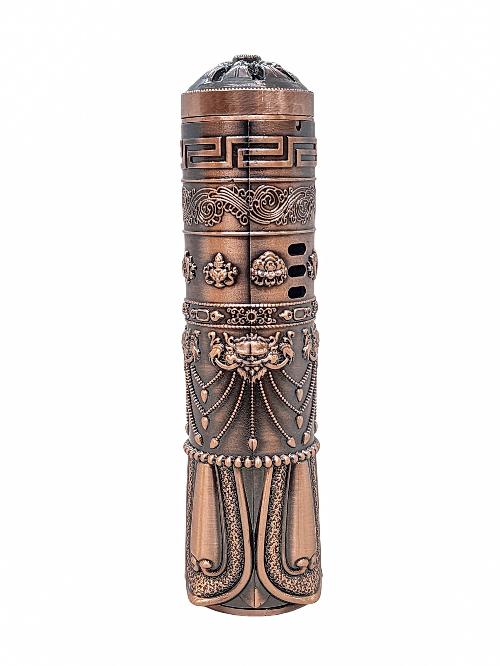
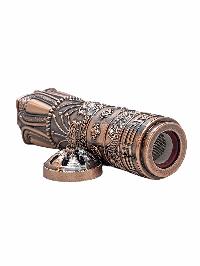
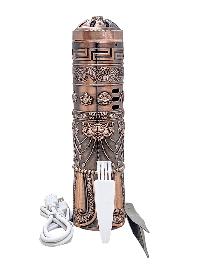

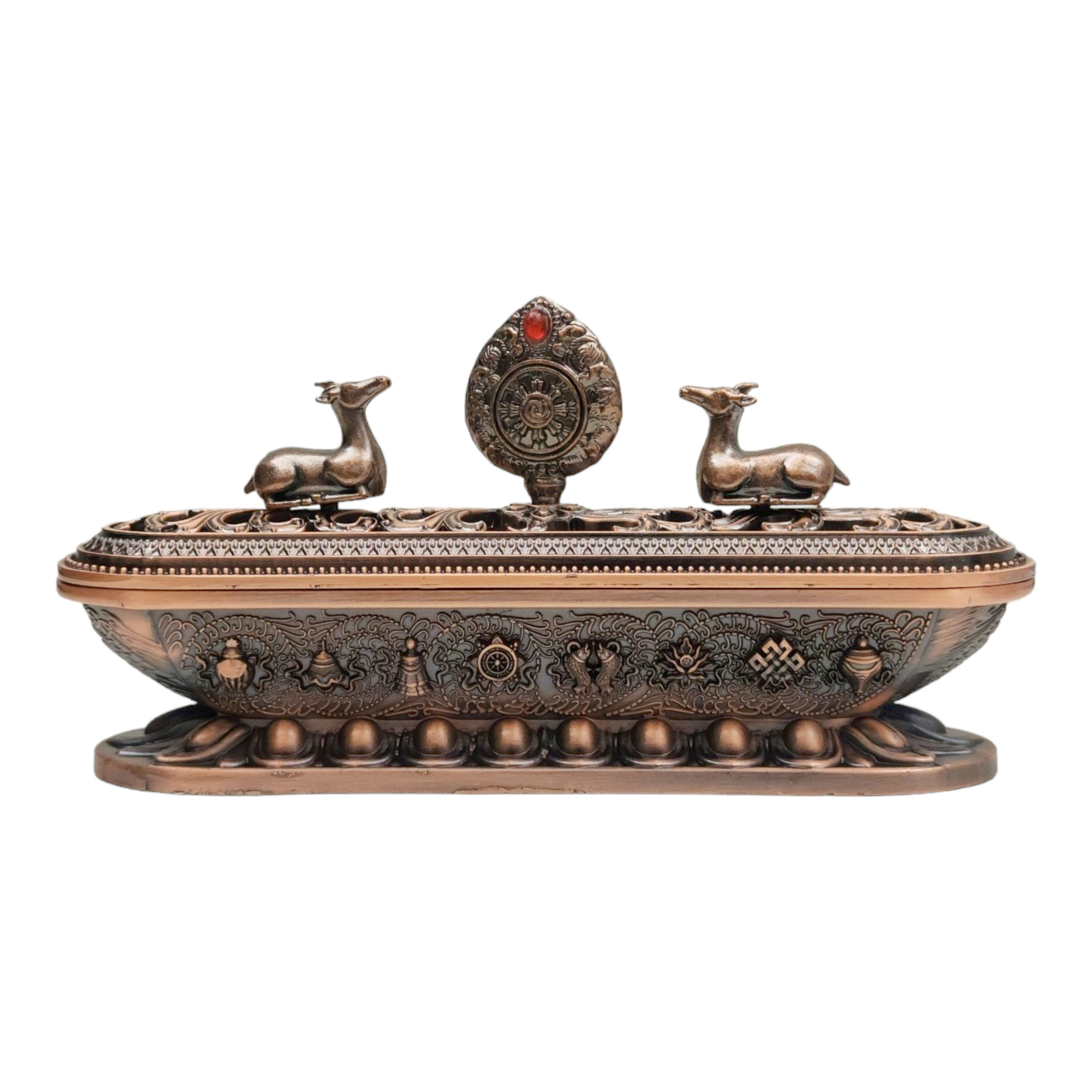
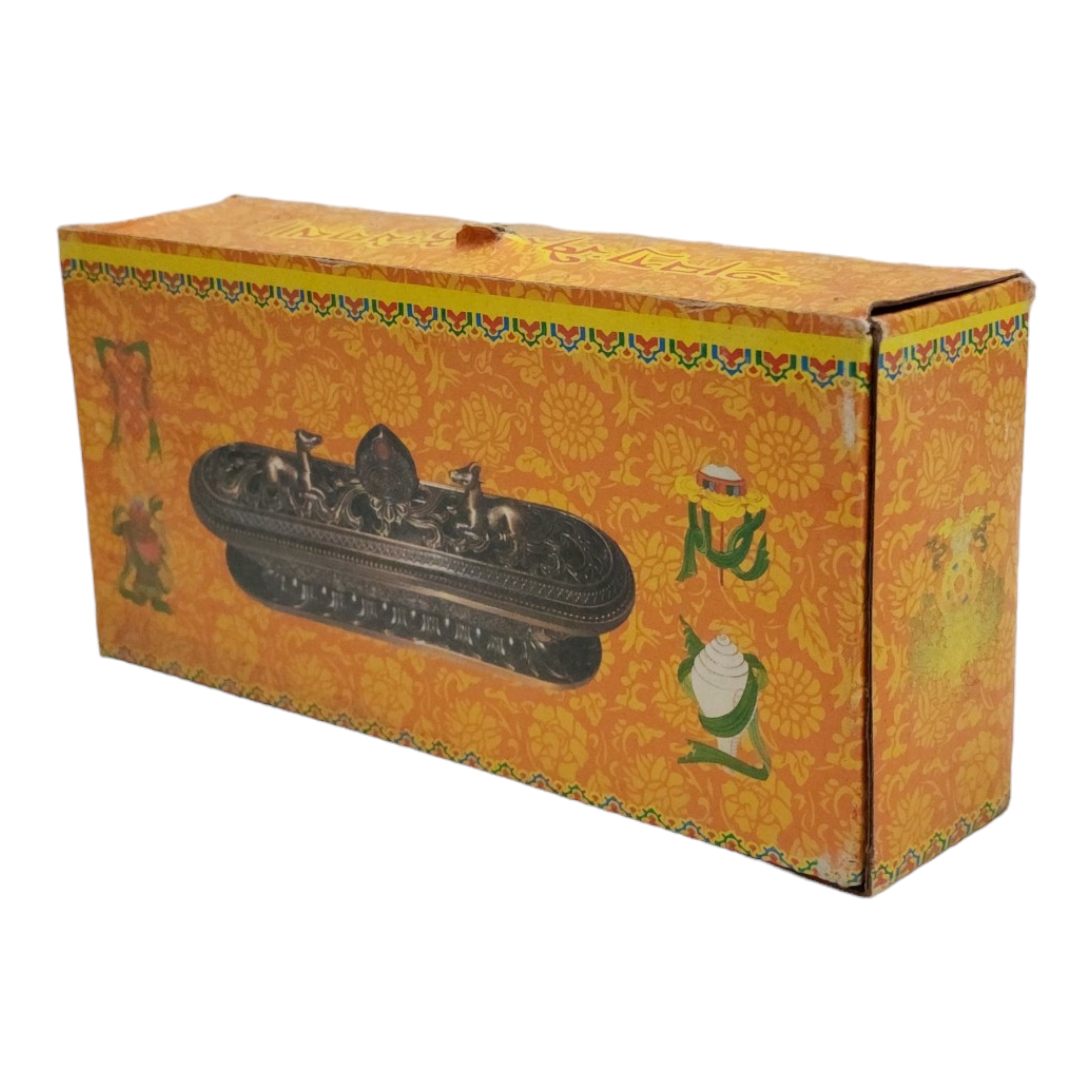
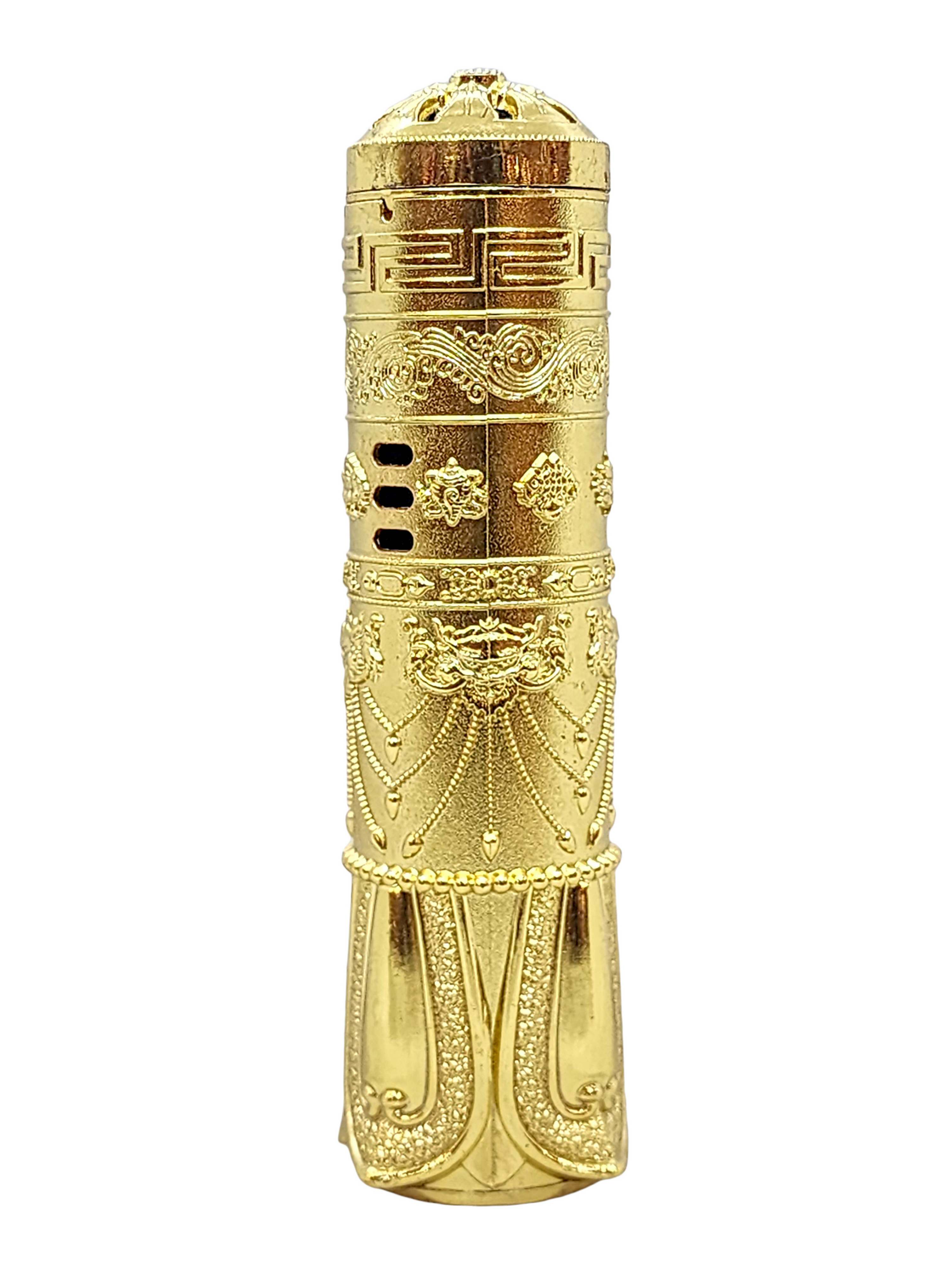
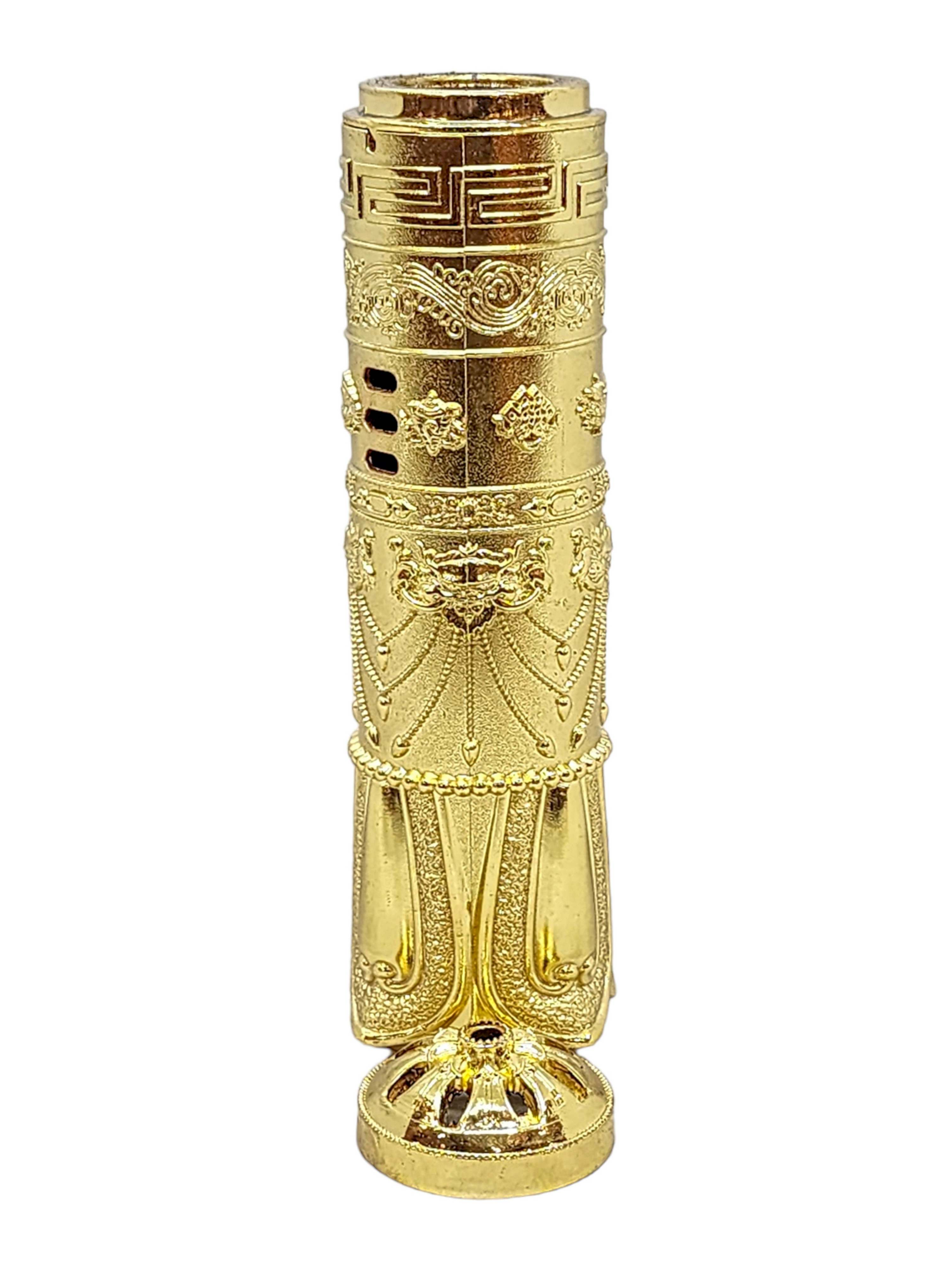

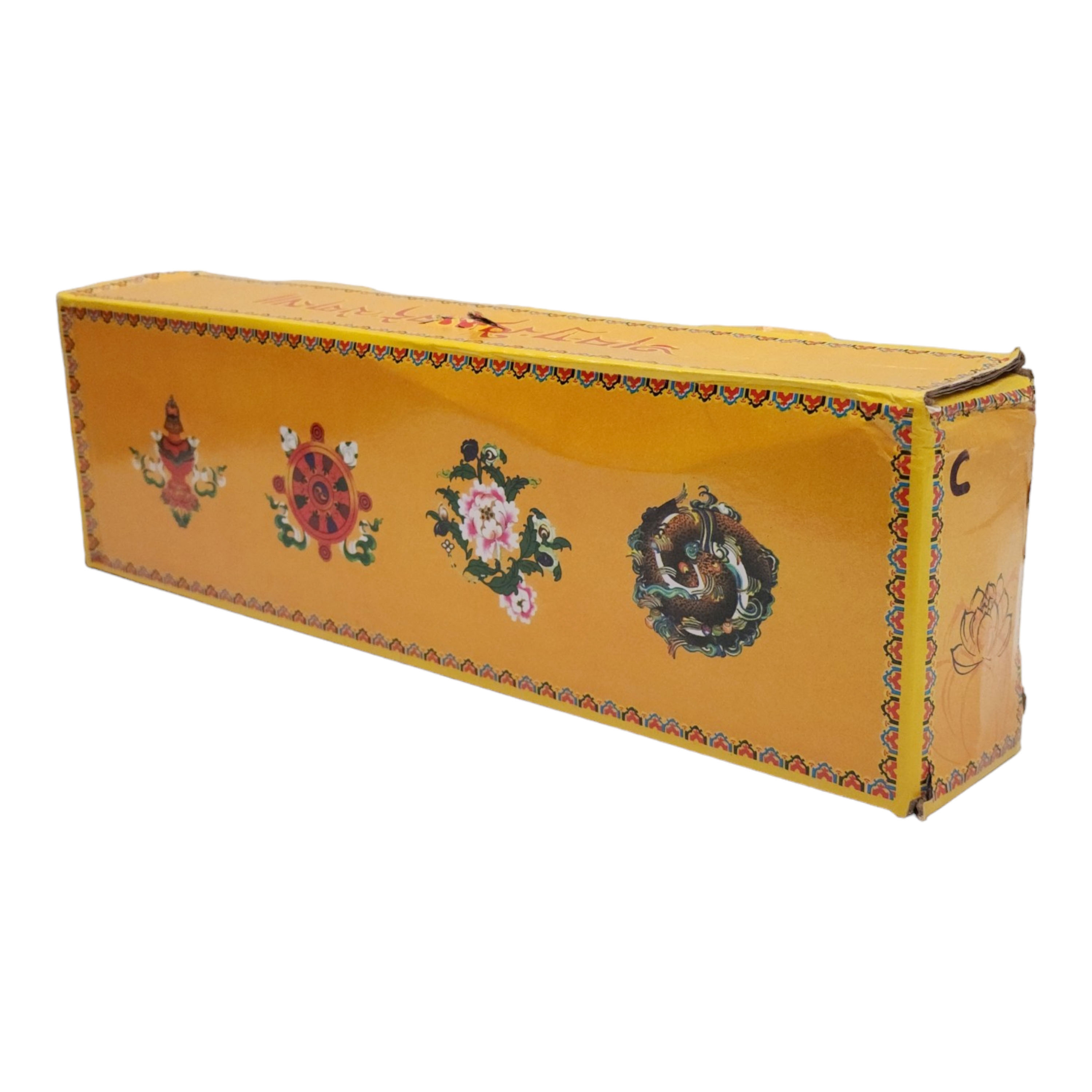
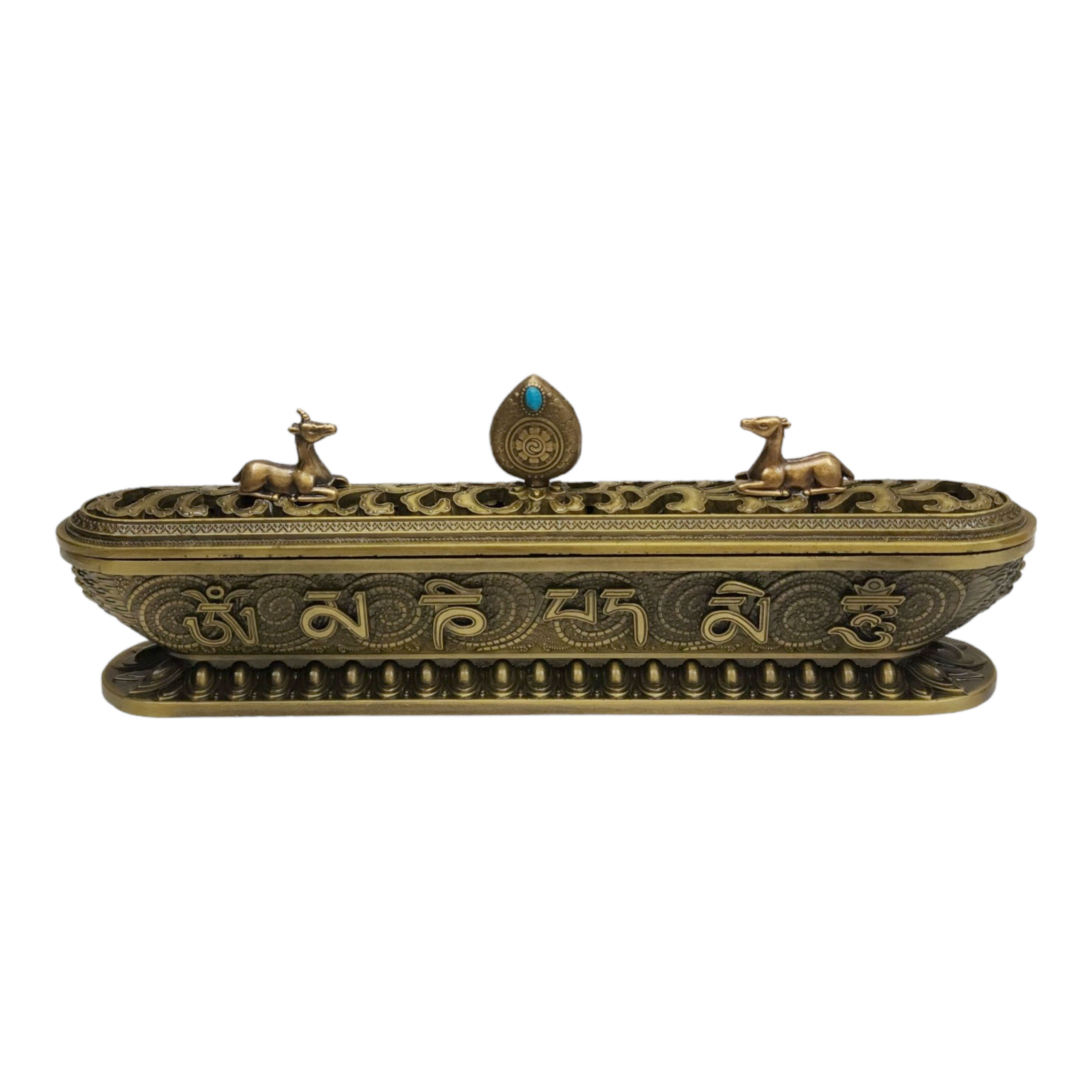
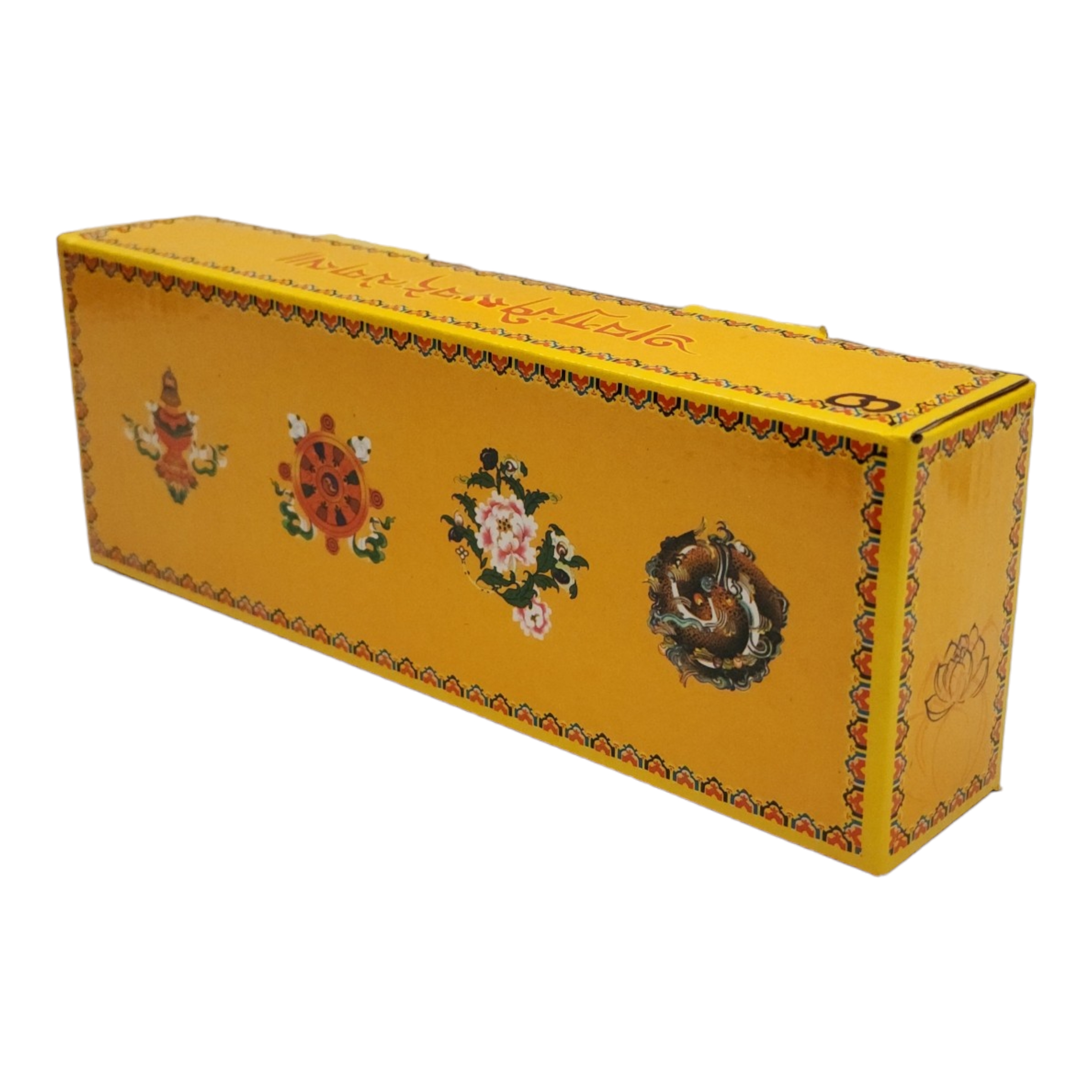
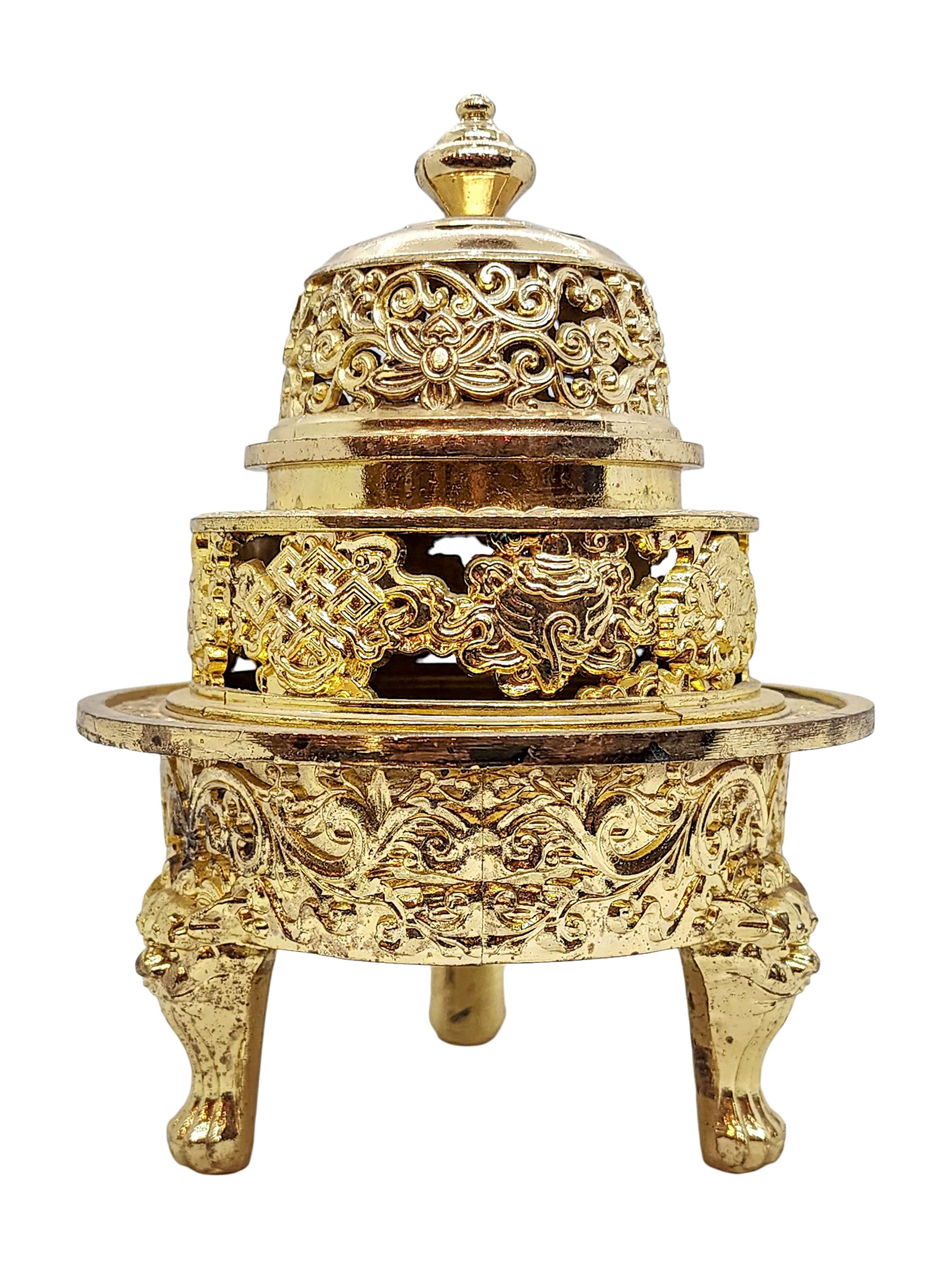 with Deep Carving,
with Deep Carving, 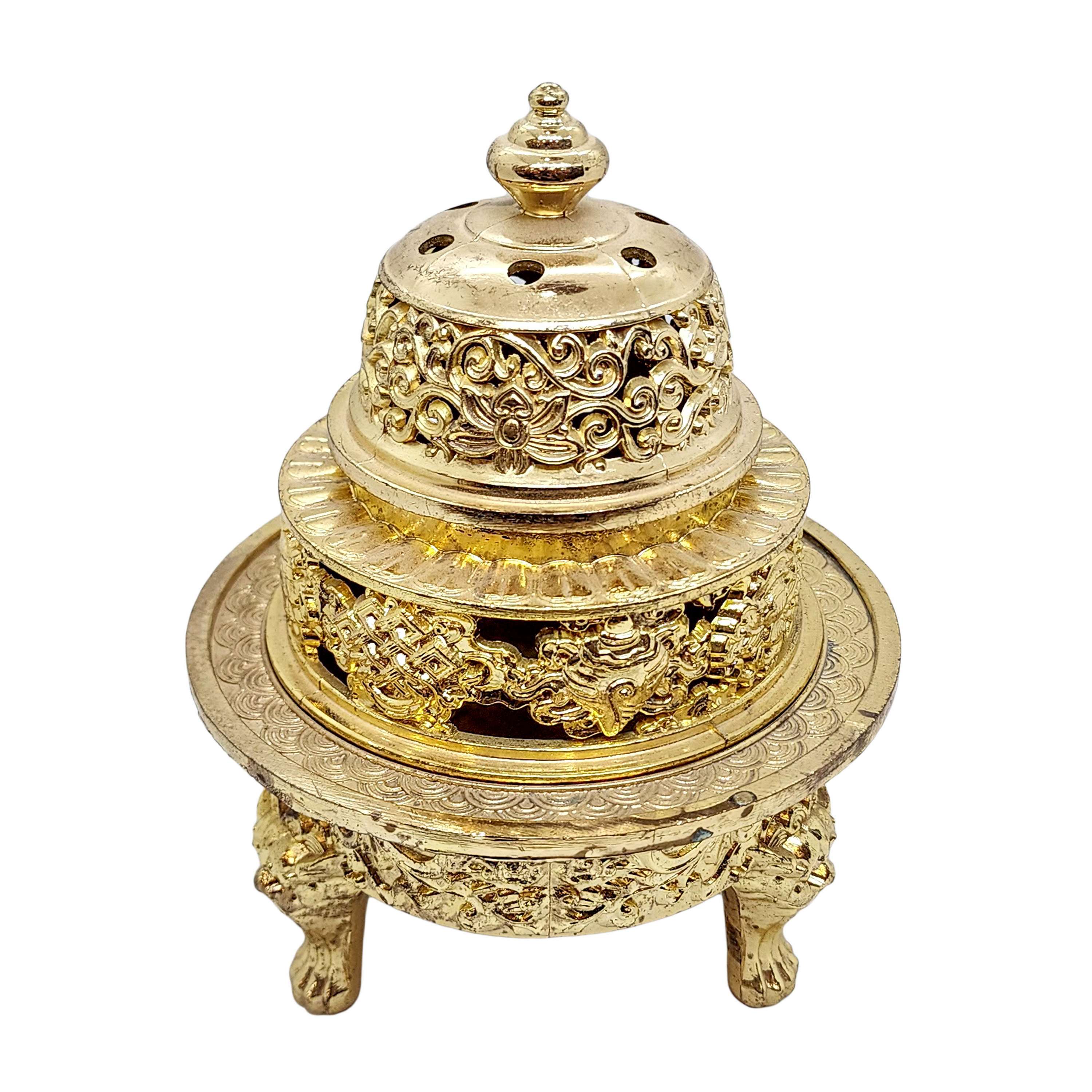 with Deep Carving,
with Deep Carving, 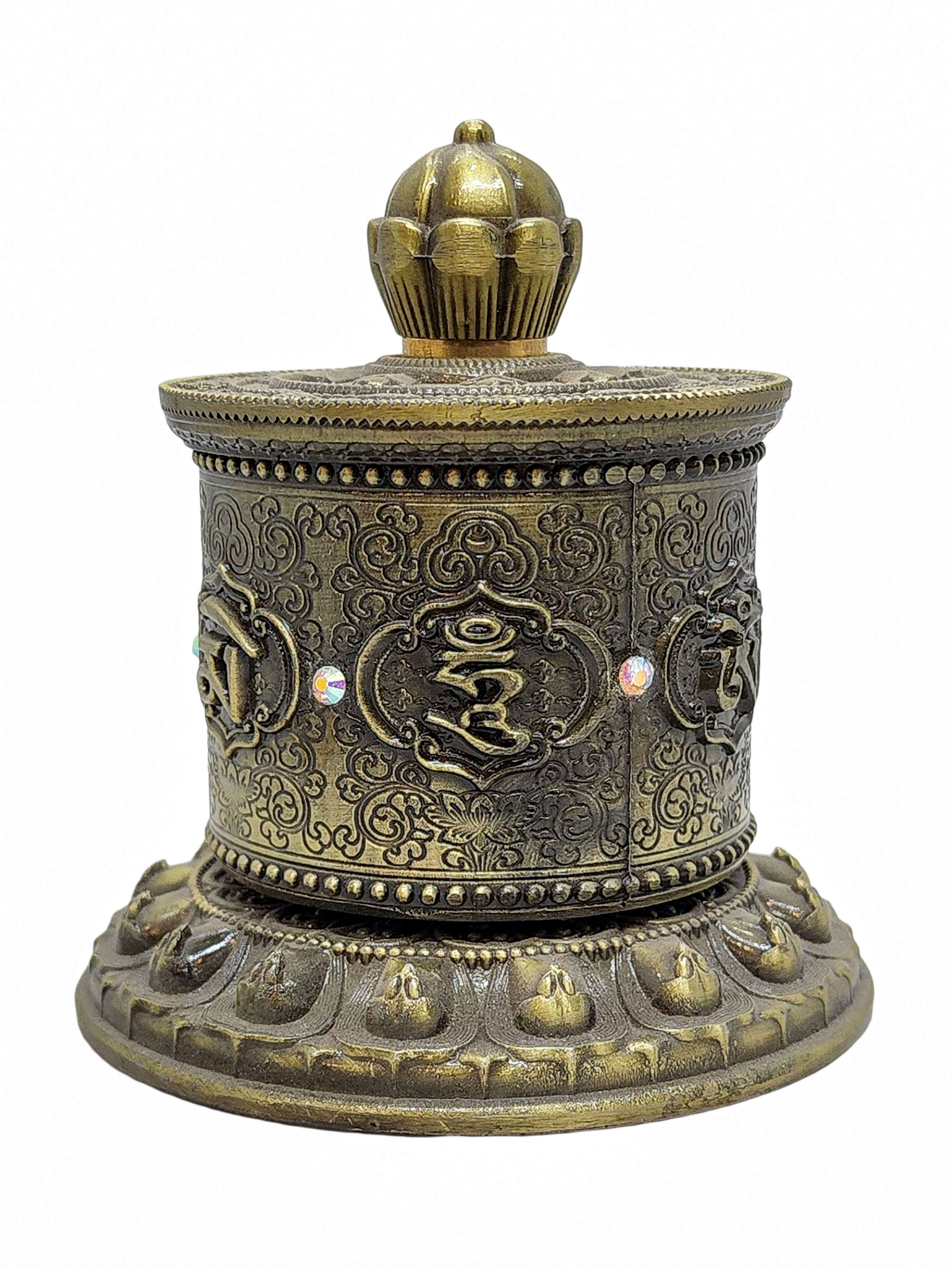 Ashtamangala" title="Table Top Prayer Wheel, Buddhist Handmade,
Ashtamangala" title="Table Top Prayer Wheel, Buddhist Handmade, 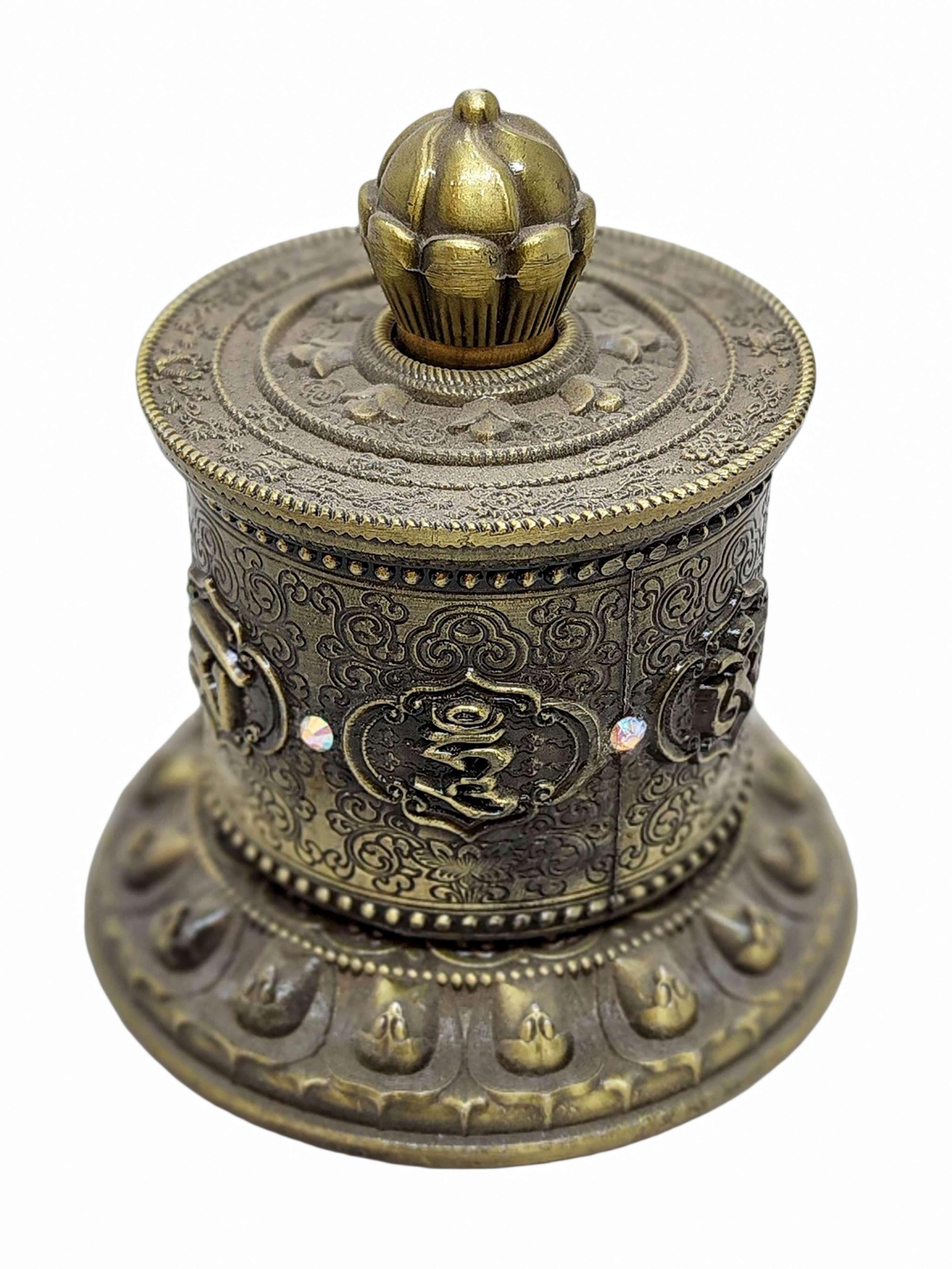 Ashtamangala" title="Table Top Prayer Wheel, Buddhist Handmade,
Ashtamangala" title="Table Top Prayer Wheel, Buddhist Handmade,